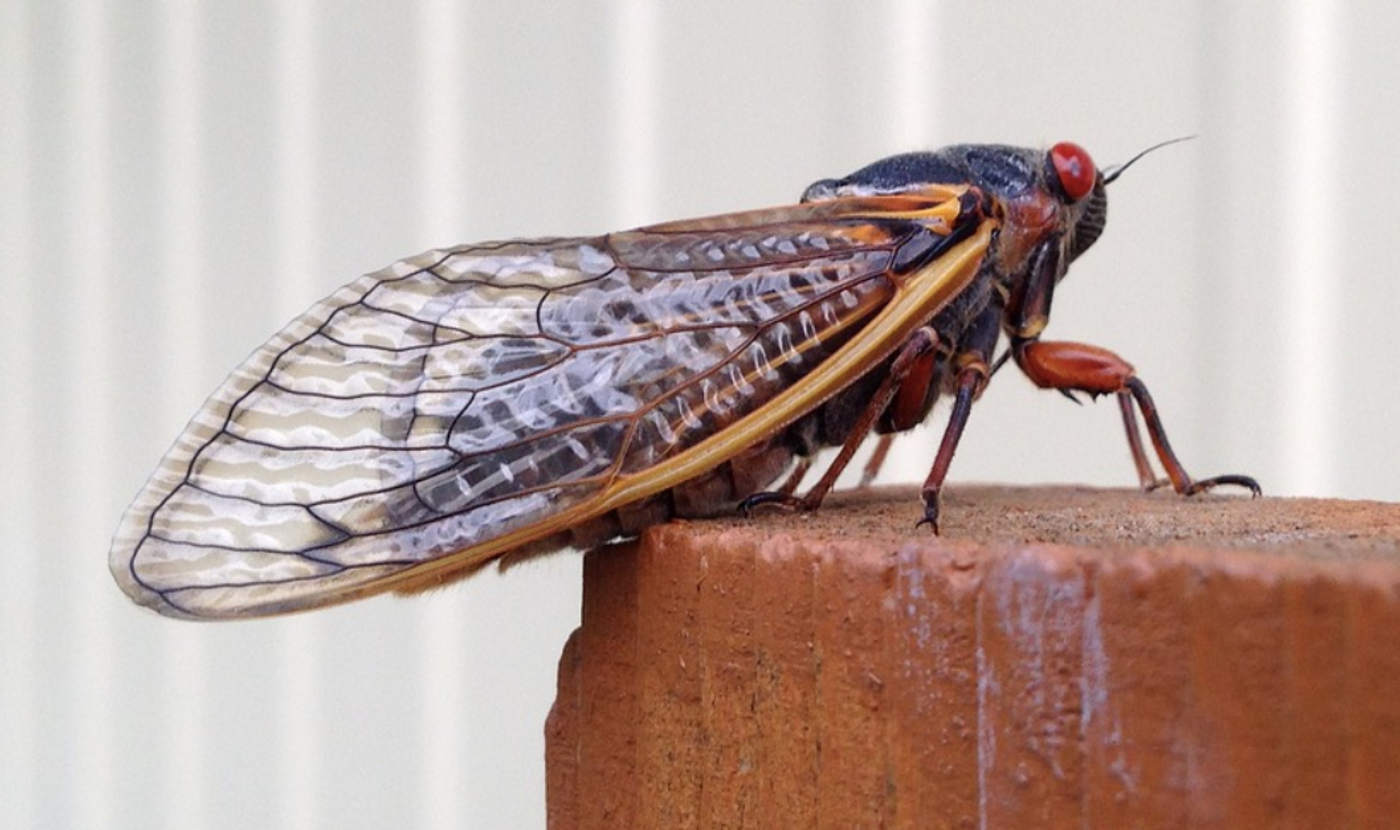A Symphony of Cicadas is on the Way
There are over 3,000 species of cicadas, some of which are annual, and others that spend most of their life underground, only emerging in specific years. Annual cicadas can live for up to two years (regardless of their name), and those that emerge periodically - typically every 13 or 17 years - can also overlap. These periodical cicadas are referred to as broods, which are not species or populations, just a group of cicadas that emerge in the same area on the same schedule. Periodical cicadas are unique to North America, and usually are found in the central and eastern United States. Anyone who has lived in these areas during an emergence will often recall the noise, which can sometimes be a deafening cacophony, made by these unique creatures.
One of those overlaps will happen this year; and in an event that hasn't been seen since 1803, Brood XIX that is a 13-year cicada, and Brood XIII that is a 17-year cicada, will both emerge in the Midwest. There will probably be a part of central Illinois that is the center of the overlap. A map of cicada broods can be seen here.
Cicadas are more or less defenseless, and they will likely be enjoyed by wildlife like birds, foxes, and raccoons, John Lill, a professor of biology at the George Washington University told AFP.
In 2021, Brood X emerged in Washington DC, and turned out to be a feast for local birds that eat insects, and their emergence created a domino effect in the ecosystem. Since the birds opted to enjoy the wealth of cicadas, the local caterpillar population boomed as they were ignored by the birds. And because there were more caterpillars, an increased number of oak saplings were eaten. These findings were reported in the journal Science.
Male cicadas generate their distinctive sound as they search for a mate. The buzzing is generated by organs called tymbals in the insects' abdomen. Muscle contractions cause these membranous organs to contract and release, creating the sound.
Like many other species, cicadas are also being affected by climate change. Scientists suspect that the internal clock that cicadas use is being disrupted, and the long term impacts can be difficult to predict. Deforestation has also eliminated some cicadas, but they seem to be doing just fine in suburban areas, where nighttime lights can even help females find a good place in trees to lay their eggs. After cicadas lay eggs in trees and die off, the newly hatched nymphs simply fall off the tree and burrow into the ground to begin the cycle anew.
Sources: National Geographic, Phys.org via AFP




















































